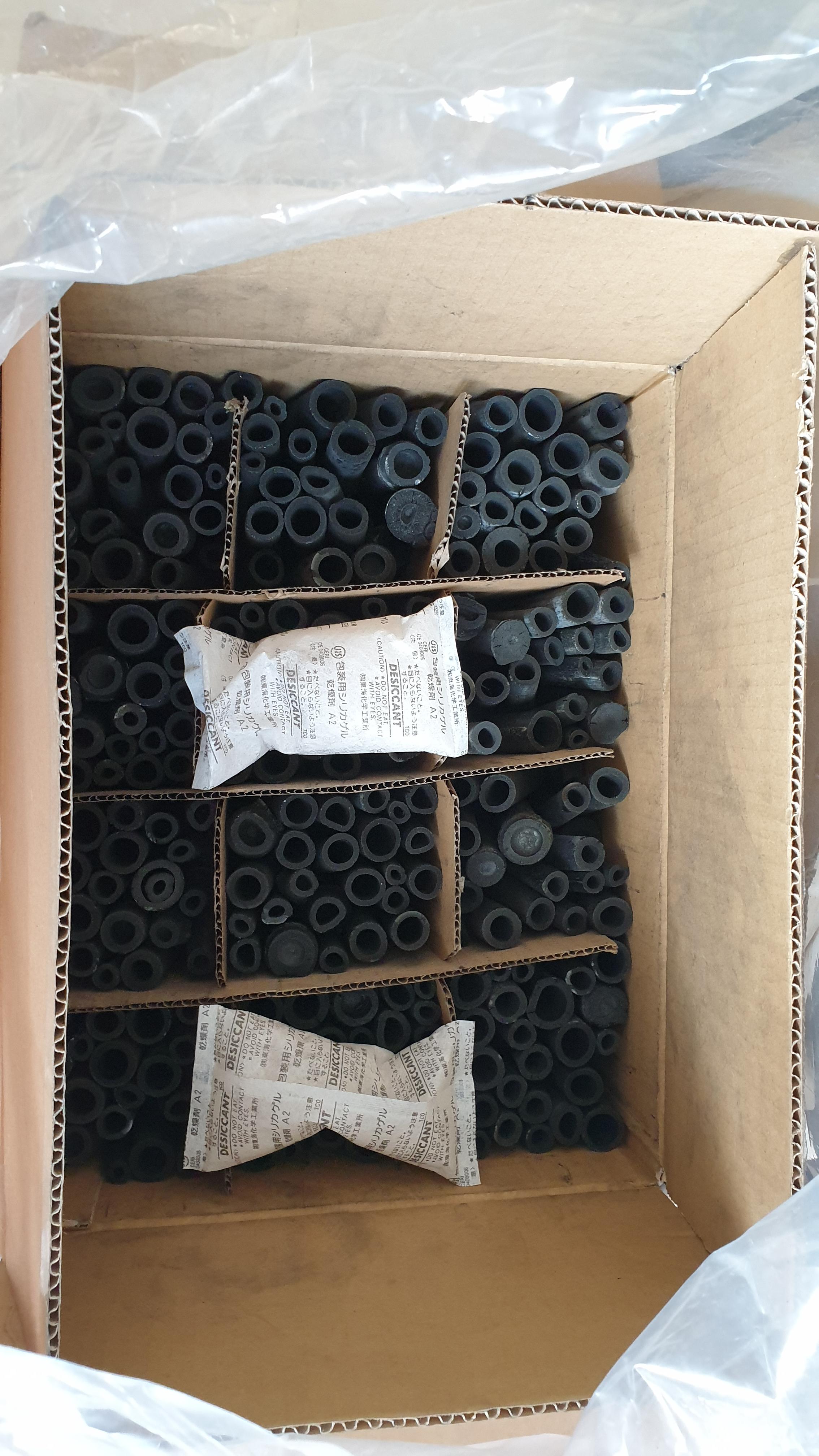Title: The Fusion of Flavors: American BBQ Techniques Adopting Binchotan Charcoal
The American barbecue scene is renowned for its deep flavors, smoky aromas, and the unparalleled joy that comes with gathering around a pit of glowing coals. As a tradition deeply rooted in history and regional nuances, BBQ in the United States has long been synonymous with the use of various woods and charcoal to achieve the perfect smoke profile. Recently, however, there has been a notable trend within the American BBQ community: the adoption of Binchotan charcoal, a traditional Japanese fuel source known for its clean burn and high heat.
Binchotan charcoal, often referred to as "white charcoal," is a type of activated charcoal made from oak and is prized for its purity and the unique qualities it imparts to grilled food. Unlike standard charcoal or briquettes, Binchotan burns at a higher temperature and produces almost no smoke, allowing for a more precise cooking experience that doesn't overwhelm the natural flavors of the food.
American pitmasters, always on the hunt for innovative techniques to elevate their craft, have begun to integrate Binchotan into their grilling repertoire. The introduction of this Japanese charcoal into American BBQ practices has been an intriguing blend of culinary cultures, offering a new dimension to the classic smoked meats of the West.
One of the primary benefits of using Binchotan in American BBQ is the ability to create a searing heat that locks in juices and creates a crisp, caramelized exterior on meats. This is particularly beneficial for cuts that benefit from high-heat cooking, such as steaks and chops. Moreover, the near absence of smoke means the subtle seasonings and spice rubs used in American BBQ are not masked, but rather, they are enhanced, allowing for a more nuanced flavor profile.
Additionally, Binchotan's long burn time makes it an economical choice for the low-and-slow cooking that is the hallmark of American BBQ. This allows pitmasters to maintain a consistent temperature over many hours, ensuring that larger cuts of meat, like brisket and pork shoulder, are cooked to tender perfection.
Despite the advantages, incorporating Binchotan into American BBQ is not without its challenges. The charcoal's dense structure means it takes longer to light, and it can be more expensive than traditional charcoal. However, for those dedicated to the craft, the investment is often justified by the superior results.
American BBQ enthusiasts who have adopted Binchotan charcoal often rave about the distinct texture and flavor it brings to their dishes. The interplay of the high heat and the lack of smoke allows for a focus on the intricate layers of flavor that come from the meat, marinades, and rubs, making each bite a testament to the art of grilling.
In conclusion, the marriage of American BBQ techniques with the use of Binchotan charcoal is a testament to the ever-evolving nature of culinary arts. This fusion not only respects the traditions of both American and Japanese grilling but also pushes the boundaries of flavor and innovation. As American BBQ continues to embrace global influences, the adoption of Binchotan is yet another chapter in the rich, smoky story of barbecue culture.





























.jpg)
.jpg)

_thumb_150.jpg)
_thumb_150.jpg)